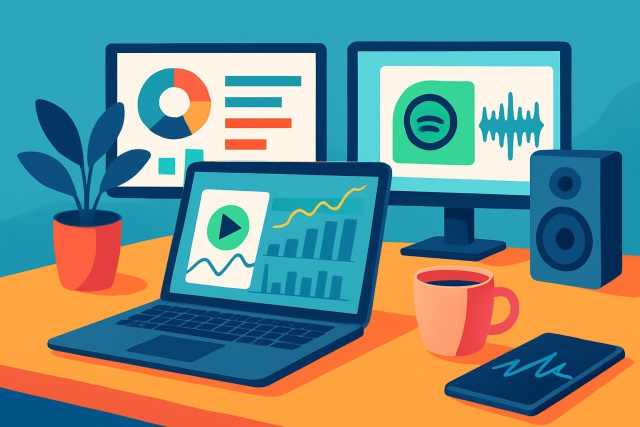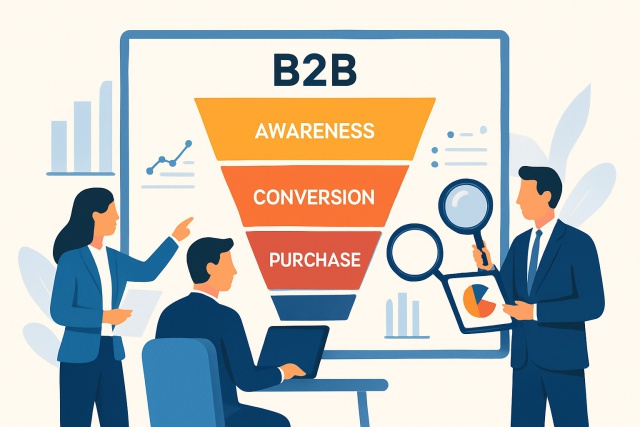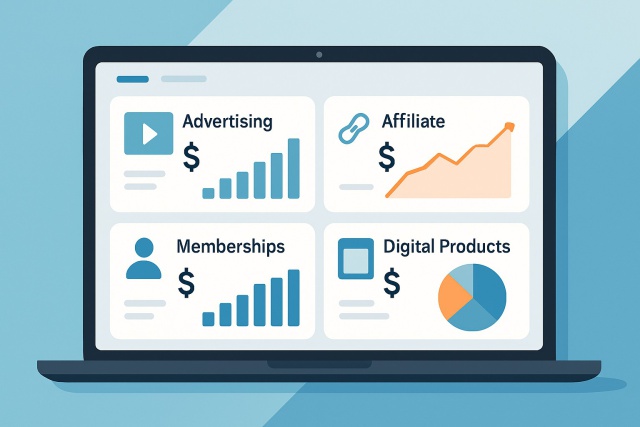How the Cookieless Future Will Change Digital Marketing

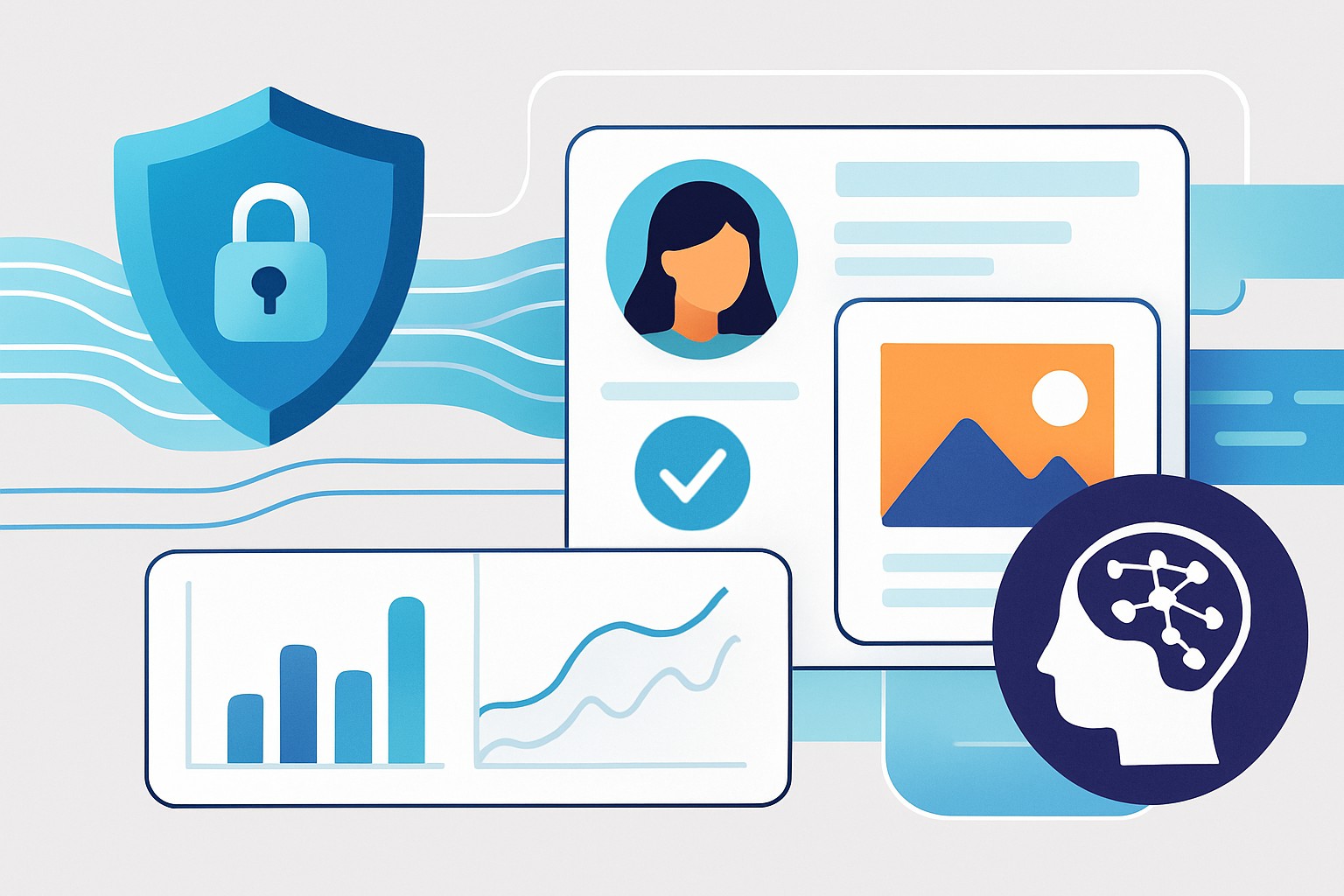
The digital marketing world is gearing up for a big shake-up as we step into a cookieless future. With privacy concerns rising and browsers ready to toss third-party cookies out, marketers will need to rethink how they collect data, connect with audiences and measure campaign success. This shift isn’t just about ticking boxes for new regulations—it’s a golden opportunity to get creative, focus on transparency and build stronger trust with consumers. Navigating this new terrain calls for a flexible mindset, smart investments in fresh tools and a strategic pivot toward first-party data and privacy-first approaches.
This article dives into what a cookieless future really means for digital marketing. It takes a close look at the key trends shaking up the industry and serves up practical advice to help you tweak your strategies.
Getting to Know the Cookieless Future What Lies Ahead and Why It Matters
The cookieless future is about the gradual phasing out and eventual sunset of third-party cookies. These little trackers have quietly followed users from site to site for ages. Major browsers like Google Chrome, Safari and Firefox are clamping down or blocking these cookies and regulators aren’t just standing by—they’re cranking up privacy rules.
This shift largely stems from growing privacy concerns, along with laws like GDPR in Europe and CCPA in California stepping into the spotlight. On top of that, consumers are pushing harder than ever for clearer control over their personal info. As trust in digital spaces becomes the name of the game, both regulators and everyday users are nudging marketers and platforms toward a privacy-first mindset
“The end of third-party cookies isn’t just about ticking boxes on regulations—it’s a signal of how consumer expectations around privacy and transparency are evolving every day. Marketers who get ahead of these changes and embrace them often find themselves earning deeper trust and building connections that really stick with their audiences.”
Why Third-Party Cookies Matter And What Losing Them Could Really Mean For Us
Third-party cookies have been the unsung heroes of digital advertising for over a decade now. They quietly help advertisers and marketers keep tabs on users as they visit various websites and build detailed user profiles. They zero in on audiences with precision and measure campaign success like a pro. These cookies power programmatic ad buying platforms to serve ads that feel tailor-made, making digital spending smarter and more transparent.
Removing third-party cookies leaves noticeable blind spots in tracking, which often drags down targeting accuracy and throws a wrench into reliable measurement.
| Capability | With Third-Party Cookies | In Cookieless Environment |
|---|---|---|
| User Tracking | Lets advertisers track users persistently across multiple sites, giving a clear, ongoing picture | Mostly sticks to first-party data, which feels a bit like trying to see the big picture through a small window |
| Audience Targeting | Delivers laser-focused, behavior-based targeting that really gets into the weeds | Leans more on contextual clues and overall patterns, so it’s a bit broader and less personal—think of it as casting a wider net |
| Retargeting | Enables spot-on, user-level retargeting that can follow you around the web | Often scaled back and relies on probabilistic guesses that aren’t quite as sharp—less tracking, more guessing games |
| Attribution | Supports detailed, multi-touch, and cross-site attribution, giving credit where it’s due | Depends more on broad, aggregated data, so pinpointing the exact touchpoints is trickier and less granular |
| User Profiling | Builds rich, individual user profiles that help tailor experiences down to the nitty-gritty | Moves towards cohort or segment-based profiling, grouping users together rather than zooming in on one |
| Measurement & Analytics | Offers near real-time, granular data insights that marketers crave for quick decision-making | Typically faces delays and less detailed info, so it’s a bit like watching the highlights instead of the full game |
| Privacy Compliance | Often requires explicit user consent, which can be a complex dance to manage | Tends to streamline consent, making it simpler and ultimately more respectful of user privacy—in my experience, users appreciate that straightforward approach |
Key Trends Steering Us Toward a Cookieless Future
Third-party cookies quietly fade into the background. New technologies and approaches are stepping up to the plate and putting privacy-first data collection and fresh measurement methods front and center.
- Privacy-first data collection is all about getting user consent upfront and being transparent about how their data is handled—no smoke and mirrors here.
- First-party data strategies mean you’re gathering and using data straight from your own channels and customers, which often feels more trustworthy and direct.
- Contextual advertising delivers ads based on the actual content of a webpage rather than stalking user behavior, keeping things relevant without poking into personal data—sort of like the tasteful guest at a party who knows when to listen.
- Browser and platform efforts like Google Privacy Sandbox build APIs designed to let ads do their thing while still giving user privacy a proper seat at the table.
- Clean rooms act as highly secure zones where aggregated data can be explored without spilling the beans on individual users—think of it as safe data detective work.
- Machine learning-based identity resolution uses AI to smartly link users across devices and channels in a probabilistic way, bypassing the old-school cookie crutches.
Unlike old-school cookie-based tracking methods these approaches focus less on following individual footsteps and more on making sense of aggregated, consented or contextual signals. They usually do a solid job boosting privacy compliance and earning user trust.
How Digital Marketing Channels and Tactics Are Impacted (and a Few Surprises Along the Way)
The move toward a cookieless future is shaking up all the major digital marketing channels from programmatic to SEO. Marketers will need to roll up their sleeves and rethink how they target and measure performance. They must put more emphasis on first-party data, tap into contextual relevance, and engage directly with users through their own channels.
- Programmatic and display advertising are gradually shifting toward contextual targeting and privacy-safe APIs. We’re seeing less of the laser-focused micro-targeting of individuals.
- Social media marketing will lean more on first-party data and insight platforms provide rather than chasing external cookie data that’s less reliable.
- Email marketing tends to come out ahead since it rests on direct consumer consent. It is a trusty channel for personalized engagement that still feels genuine.
- SEO and content marketing will step into the spotlight more. Organic search and relevant content play the long game in attracting and keeping users without relying much on tracking.
Brands like Shopify and The New York Times have really upped their game by building robust first-party data systems. They lean on subscription models and contextual ads to keep their audiences hooked and revenue flowing.
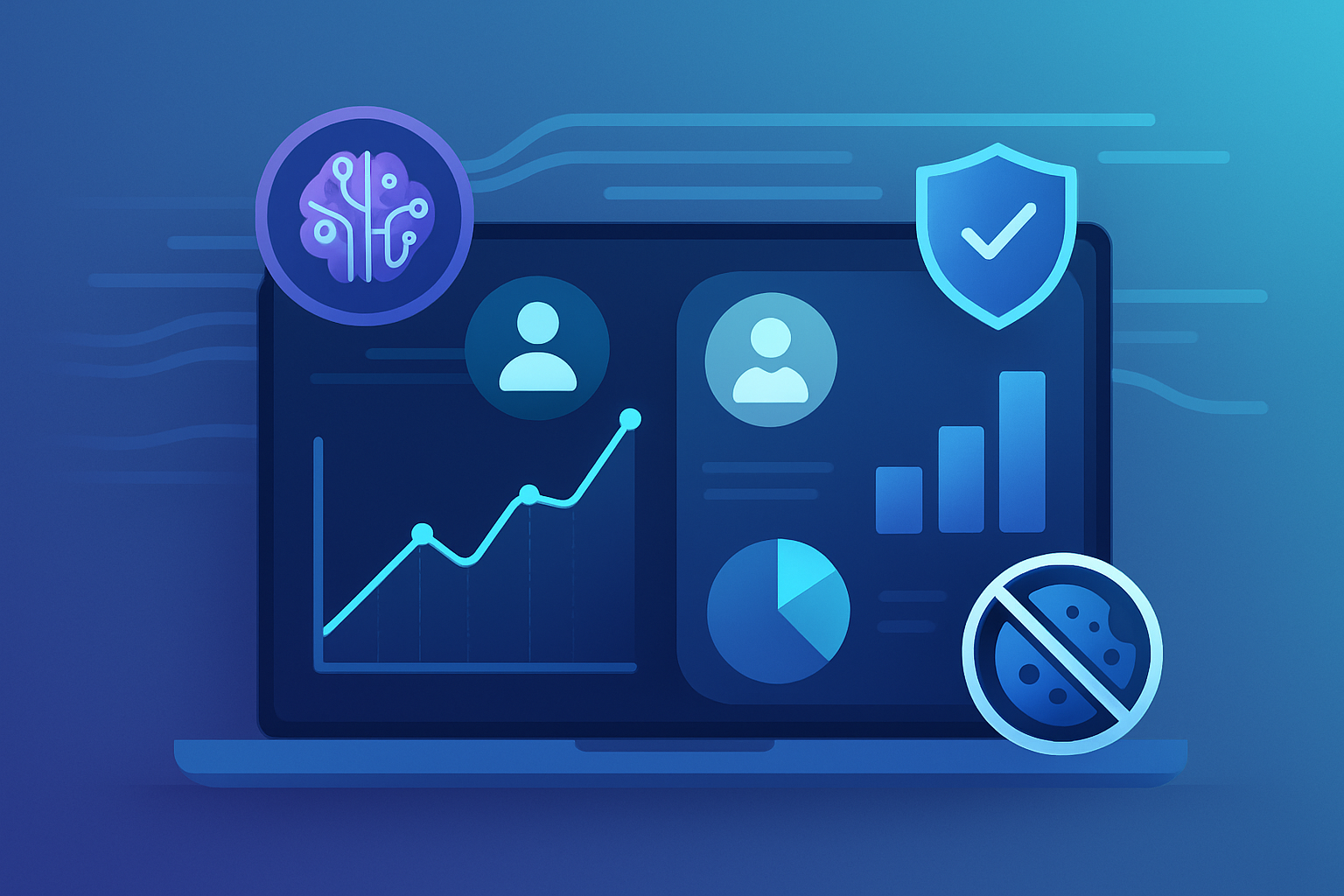
Digital marketing dashboard showcasing data analytics and privacy-compliant advertising in a cookieless environment
Key Tips for Crafting Your Marketing Strategy That Actually Work
Marketers would do well to start right now by sharpening their first-party data skills and being upfront and transparent. They should also lean on technology that truly respects privacy.
Kick things off by giving your current first-party data assets a thorough once-over, and zero in on those spots where a little enrichment could work wonders.
Lean on consent management platforms to keep your data collection as transparent as a windowpane, making sure you’re in step with global privacy rules without breaking a sweat.
Shift gears toward contextual advertising by matching your ad content directly to its setting, rather than playing the guessing game with behavioral tracking.
Tap into machine learning and AI-powered analytics to squeeze every bit of insight out of your datasets, all while keeping privacy firmly in check.
Forge strong partnerships or jump on solutions like data clean rooms and secure data collaboration—they’re great tools to sharpen your measurement and attribution game.
Focusing on direct relationships with customers and putting privacy first goes a long way toward building lasting trust.
How Technology Quietly Steers Us Toward a Cookieless Future
Adjusting to a cookieless environment means embracing new technology stacks and platforms designed to deliver measurement and attribution while keeping user privacy front and center. Tools like Google Privacy Sandbox APIs, identity resolution platforms and data clean rooms are stepping up to the plate.
- Google Privacy Sandbox APIs offer clever ways to target ads and measure results while keeping user data private.
- Universal IDs deliver cross-platform identity solutions that genuinely respect user consent and give a fresh spin on privacy-friendly tracking.
- Server-side tracking shifts data processing from browsers to servers. This usually means better accuracy and a privacy boost—you could say it’s the best of both worlds.
- First-party data platforms gather and use customer information to tailor marketing efforts without leaning on cookies.
- AI-driven attribution models take a deep dive into multi-touch interactions using privacy-safe data signals. They offer clearer and more insightful campaign outcomes than you might expect.
When picking technology partners aim for those who truly value privacy and stick to regulatory requirements. It’s important to find solutions that balance making data useful and respecting user rights. Look for strong consent management baked right in and enough flexibility for seamless integration.
Looking Ahead Long-term Implications and What the Future Might Hold
The move away from cookies isn’t merely a technical update - it’s a bold shift shaking up the digital marketing landscape. It’s nudging everyone to pay more attention to data ethics and handing consumers more control over their personal info. It’s also sparking fresh ideas on how ads get delivered and pushing businesses to rethink their models with privacy front and center.
Companies that roll up their sleeves and get ready for a cookieless future, while keeping privacy front and center, usually do more than just tick regulatory boxes. They often unlock real, meaningful customer connections, setting themselves apart as true leaders in their markets for the long haul.
Marketers have to walk a tightrope between sticking to strict privacy rules and keeping their marketing sharp. This means staying flexible and ready to adapt over time. The shift toward a cookieless future isn’t just a buzzword. It demands fresh ideas, smart investments and a commitment to ongoing learning as the digital advertising landscape evolves.

